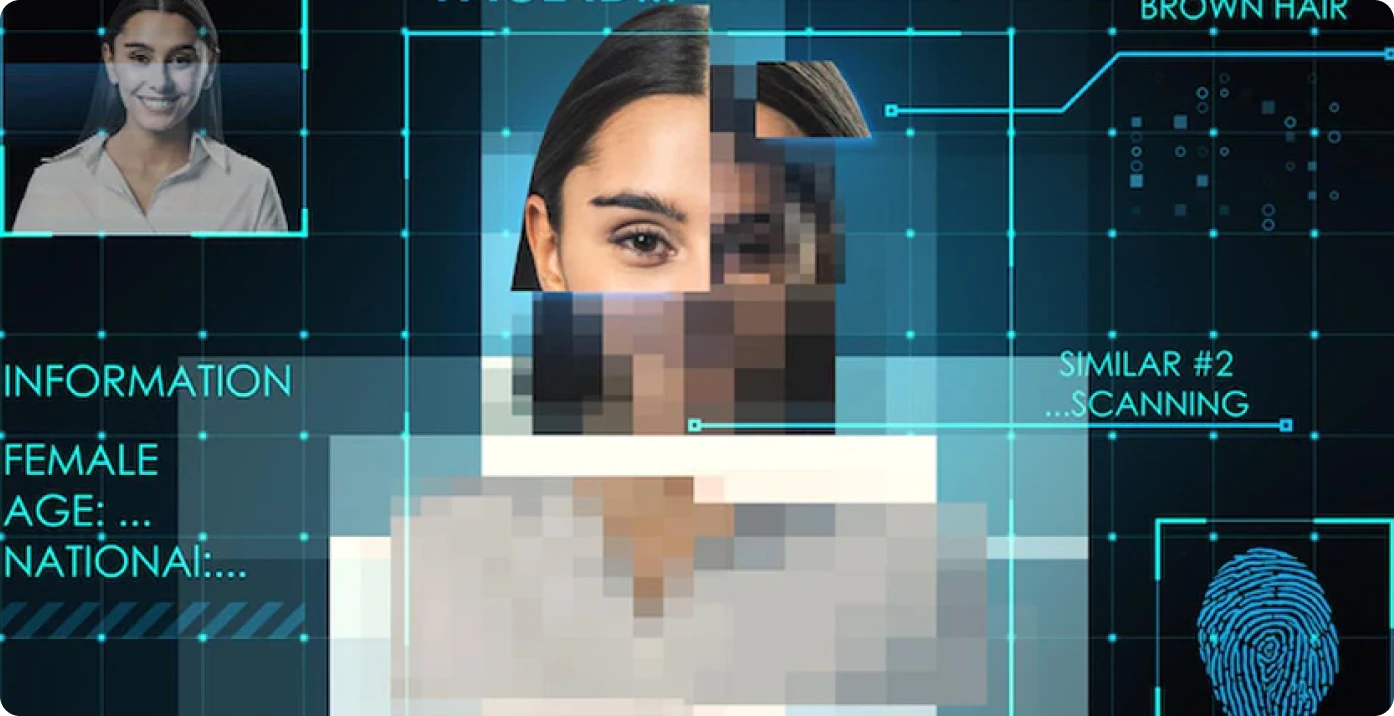Cyber Resolutions for 2025: Because Hackers Won't Take a Day Off
Introduction
So it's that time of year when you feel bright and excited to start the year with new resolutions; your goals could be anything from going to the gym to learning new skills and being productive this year, but with cybercrime on the rise, you must also be smart and take your New Year Cyber Resolutions seriously. Yes, you heard it right: it's a new year, a new you, but the same hackers with advanced dangers. It's time to make a cyber resolution this year to be secure, smart, and follow the best cyber safety tips for 2K25 and beyond.
Best Cyber Security Tips For You
So while taking your cyber resolutions this 2k25, remember that hackers have resolutions too; so you have to make yours better! CyberPeace has curated a list of great tips and cyber hygiene practices you must practice in 2025:
- Be Aware Of Your Digital Rights: Netizens should be aware of their rights in the digital space. It's important to know where to report issues, how to raise concerns with platforms, and what rights are available to you under applicable IT and Data Protection laws. And as we often say, sharing is caring, so make sure to discuss and share your knowledge of digital rights with your family, peers, and circle. Not only will this help raise awareness, but you’ll also learn from their experiences, collectively empowering yourselves. After all, a well-informed online community is a happy one.
- Awareness Is Your First Line Of Defence: Awareness serves as the first line of defence, especially in light of the lessons learned from 2024, where new forms of cybercrimes have emerged with serious consequences. Scams like digital arrests, romance frauds, lottery scams, and investment scams have become more prevalent. As we move into 2025, remember that sophisticated cyber scams require equally advanced strategies to stay protected. As cybercrimes evolve and become more complex, it's crucial to stay updated with specific strategies and hygiene tips to defend yourself. Build your first line of defence by being aware of these growing scams, and say goodbye to the manipulative tactics used by cyber crooks.
- Customise Social Media Media Profile And Privacy Settings: With the rising misuse of advanced technologies such as deepfake, it’s crucial to share access to your profile only with people you trust and know. Customize your social media profile settings based on your convenience, such as who can add you, who can see your uploaded pictures and stories, and who can comment on your posts. Tailor these settings to suit your needs and preferences, ensuring a safer digital environment for yourself.
- Be Cautious: Choose wisely, just because an online deal seems exciting doesn’t mean it’s legitimate. A single click could have devastating consequences. Not every link leads to a secure website; it could be a malware or phishing attempt. Be cautious and follow basic cyber hygiene tips, such as only visiting websites with a padlock symbol, a secure connection, and the 'HTTPS' status in the URL.
- Don’t Let Fake News Fake You Out: Online misinformation and disinformation have sparked serious concern due to their widespread proliferation. That’s why it’s crucial to 'Spot The Lies Before They Spot You.' Exercise due care and caution when consuming, sharing, or forwarding any online information. Always verify it from trusted sources, recognize the red flags of misleading claims, and contribute to creating a truthful online information landscape.
- Turn the Tables on Cybercriminals: It is crucial to know the proper reporting channels for cybercrimes, including specific reporting methods based on the type of issue. For example, ‘unsolicited commercial communications’ can be reported on the Chakshu portal by the government. Unauthorized electronic transactions can be reported to the RBI toll-free number at 14440, while women can report incidents to the National Commission for Women. If you encounter issues on a platform, you can reach out to the platform's grievance officer. All types of cybercrimes can be reported through the National Cyber Crime Reporting Portal (cybercrime.gov.in) and the helpline at 1930. It’s essential to be aware of the right authorities and reporting mechanisms, so if something goes wrong in your digital experience, you can take action, turn the tables on cybercrooks, and stay informed about official grievances and reporting channels.
- Log Out, Chill Out: The increased use of technology can have far-reaching consequences that are often overlooked, such as procrastination, stress, anxiety, and eye strain (also known as digital eye strain or computer vision syndrome). Sometimes, it’s essential to switch off the digital curtains. This is where a ‘Digital Detox’ comes in, offering a chance to recharge and reset. We’re all aware of how our devices and phones influence our daily lives, shaping our behaviours, decisions, and lifestyles from morning until night, even impacting our sleep. Taking time to unplug can provide a much-needed psychological and physical boost. Practicing a digital detox at regular suitable intervals, such as twice a month, can help restore balance, reduce stress, and improve overall well-being.
Final Words & the Idea of ‘Tech for Good’
Remember that we are in the technological era, and these technologies are created for our ease and convenience. There are certain challenges that bad actors pose, but to counter this, the change starts from you. Remember that technology, while having its risks, also brings tremendous benefits to society. We encourage you to take a step and encourage the responsible and ethical use of the technology. The vision for ‘Tech for Good’ will have to be expanded to a larger picture. Do not engage in a behaviour that you would not ordinarily do in an offline environment, the online environment is also the same and has far-reaching effects. Use technology for good, and follow and encourage ethical and responsible behaviour in online communities. The emphasis should be on using technology in a safer environment for everyone and combatting dishonest practices.
The effective strategies for preventing cybercrime and dishonest practices requires cooperation , efforts by citizens, government agencies, and technology businesses. We intend to employ technology's good aspects to build a digital environment that values security, honesty, and moral behaviour while promoting innovation and connectedness. In 2025, together we can make a cyber safe resilient society.













